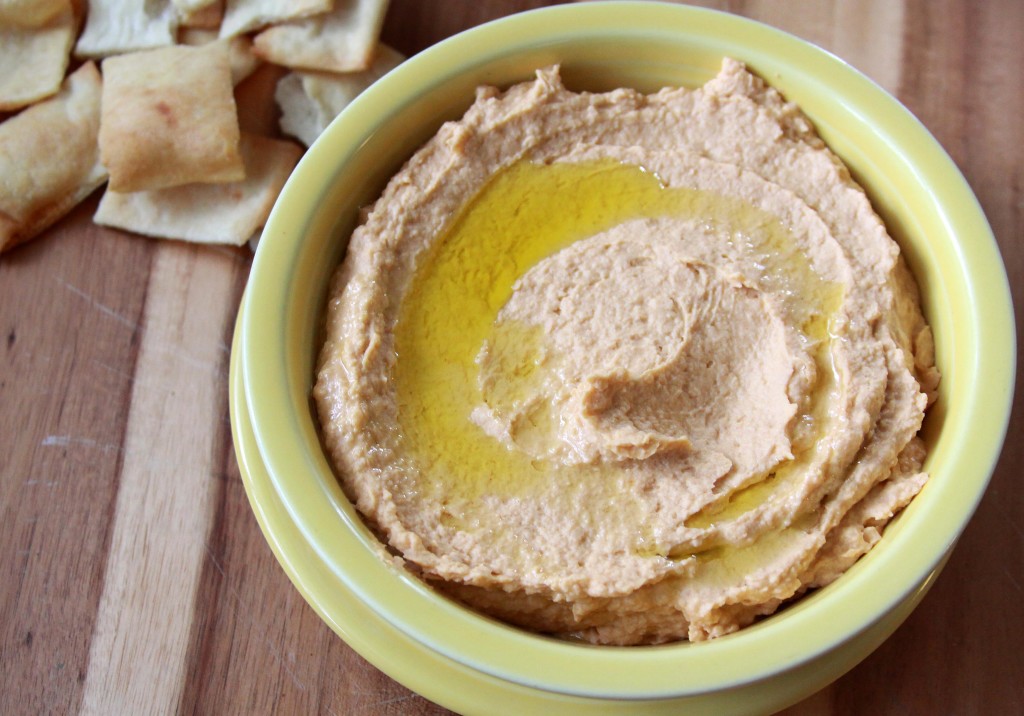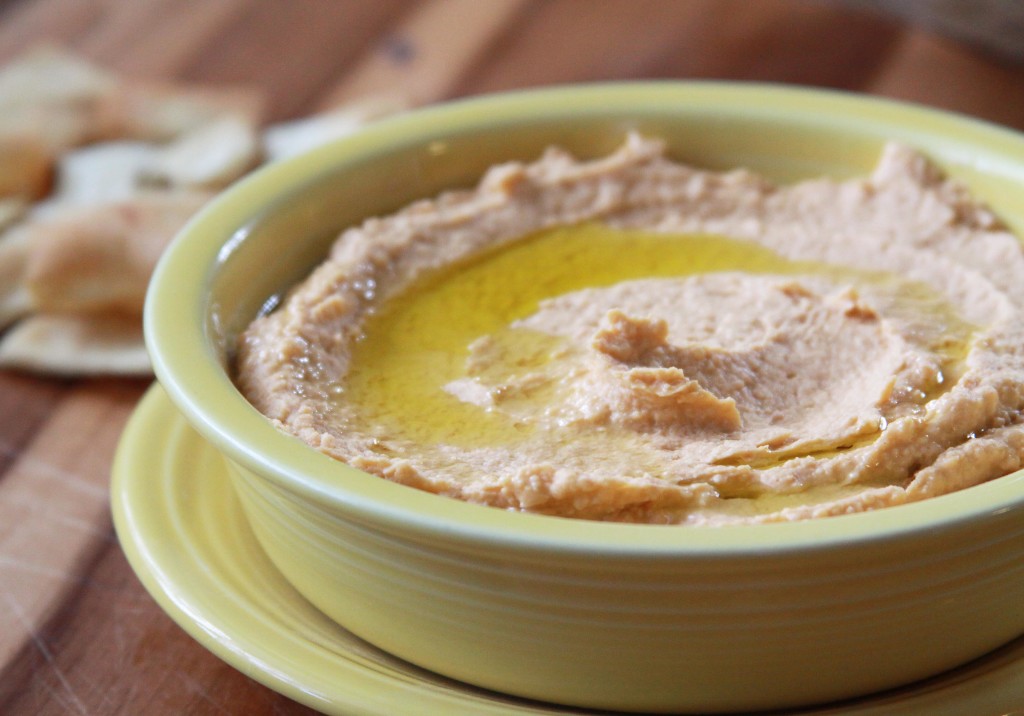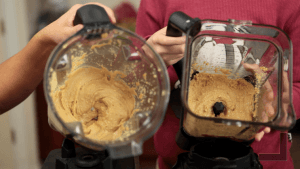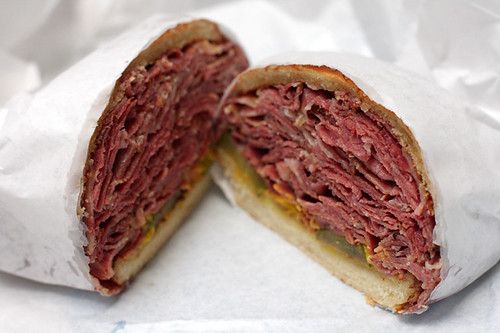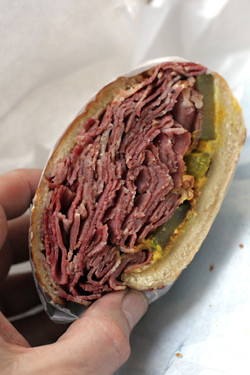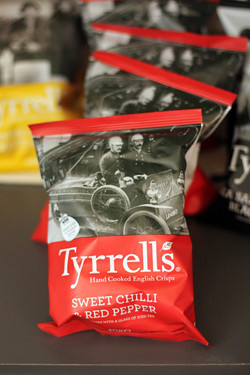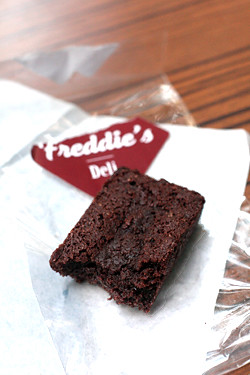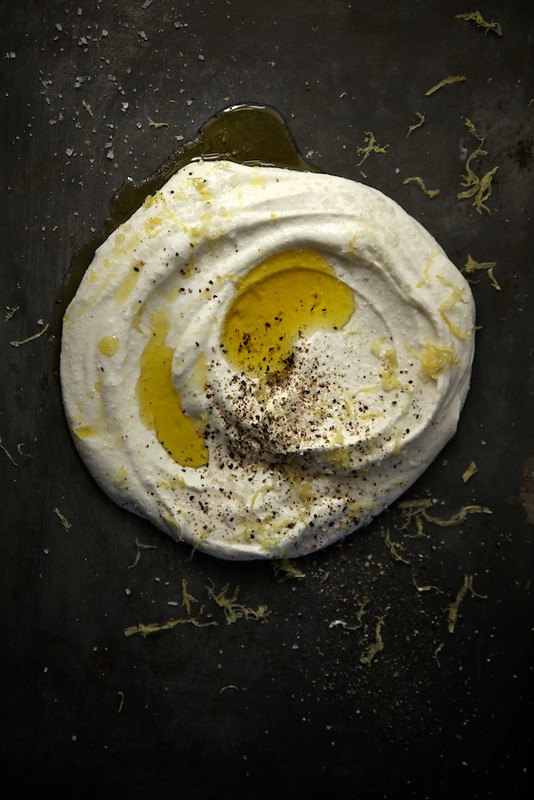From Chicago

VIEW SLIDESHOW: The Best Dry-Aged Steaks in Chicago
[Photograph: Huge Galdones]
I love steak. Part of me feels a bit guilty about admitting this fact, as if it's not cool. But try as I might to bury this affection, I simply can't hide my pleasure in sitting down with a massive hunk of tender beef in front of me. Perhaps it's the fact that steak was always a celebratory meal for me growing up, so I naturally associate the two. Regardless, after mostly avoiding the topic on this site for the past two years, I decided that it was time to feast.
Chicago is known as a steakhouse town, and you only need to take a walk around River North to recognize this obvious truth. Every other block seems to house some glittering and ostentatious temple to beef, where men in suits unabashedly wine and dine clients, and ring up ridiculous checks to expense later.
Most "best steak" features take the seemingly logical path of visiting all of Chicago's iconic steakhouses. Thing is, while I love steak, I'm not sure how I feel about the steakhouse. There's part of the ritual—the fawning service, the uncomplicated and straightforward menu, the enormous portions of meat—that I occasionally find appealing, even if I never want to spend my own money for it. I mean, there's no getting around the fact that steakhouses are expensive. But it used to be that the only place to get a genuinely great steak was at a steakhouse. Don't they have access to the best cuts and the best equipment to get the job done? Fortunately, after eating steak for the past six months, it's my belief that this assumption is not completely true. (I'll be talking more about my feelings on steakhouses later in the week.)
I had a hunch that the many of Chicago's best steaks weren't in steakhouses. So I took a more circuitous route, one that still allowed for some traditional heavy hitters, but left just as many behind.
The Search

40-Ounce Rib Steak at Butter Midtown in New York [Photograph: Nick Solares]
I was inspired to take this quest by two fellow Serious Eats writers, Nick Solares and J. Kenji Alt-Lopez. Nick writes the Steakcraft column in New York, and week after week he chronicles some incredible looking steak. While he's been to plenty of steakhouses along the way, just as often he writes about a restaurant with only one or two steaks on its menu. To my surprise, these are the steaks that often look the best. I mean, doesn't the steak picture above from Butter Midtown look insane?
I also learned much from Kenji's epic post about dry-aging steak at home, because it dispelled some often-repeated myths of what makes a great steak. This led me to some guidelines, which helped me focus my search.
Dry-Aged Steak > Wet-Aged Steak

Inside David Burke's Primehouse Dry-Aging Room [Photograph: Huge Galdones]
I started with one guiding principle: dry-aged steak is better than wet-aged steak. Usually this difference is tossed off as a preference, a choice adults are allowed to decide for themselves. Most people know that dry-aging beef in a temperature controlled room adds all kinds of funky aromas to the meat, but wet-aged steaks are often described as the juicer and more tender option. I genuinely believe that wet-aging is an inferior method, and if I'm going to spend a lot of money on a steak, I want it to be done right.
There is no doubt which one is cheaper. As Kenji bluntly put it in his guide to dry-aging beef: "It's easy to let that cryo-vacked bag of beef from the distributor sit around for a week before opening the bag, allowing you to call it 'aged' and sell it for a higher price." While the meat does become more tender, it also comes at a price; because the meat is sealed in plastic, "wet aging prevents the drainage of excess serum and meat juices," which often results in a "sour" profile.
Not that I ever doubted Kenji (I promise!), but just to make sure, I tested this theory out at two different steakhouses that serve both wet and dry-aged steaks, Benny's Chop House and Fleming's. This allowed for a side-by-side comparison of the two styles. The results were as clear as could be. Both of the wet-aged steaks had an unappealing and mushy texture, along with a dulled beefy flavor, almost like the flesh was waterlogged. Not only did the dry-aged steaks have a more complex and appealing profile, they were also beefier.
To my astonishment, most of Chicago's so-called "classic" steakhouses, serve wet-aged beef, which meant I immediately crossed off a host of contenders, including Gene & Georgetti's, Gibson's, Lawry's, Morton's, Tavern on Rush, and Chicago Chop House. All of these place may serve a satisfying steak in a great atmosphere, but that wasn't good enough for me. (By the way, more people should be upset about this.)
Sourcing Matters
Even after knocking off a bunch of potential options, I still faced a daunting list. This stalled the project for a month or two, until I came across a rather surprising fact: not all dry-aged steaks served in Chicago is aged on the premises. In fact, a sizable number is aged elsewhere and then shipped in. At first, this seemed like a shortcut—isn't it always better to age on location?—but I came to see the benefits of this method.
Dedicating a portion of your restaurant to aging beef is expensive, especially if your restaurant is located in River North. Unless you are going to truly obsess about the process, like David Burke's Primehouse or Publican Quality Meats, it kind of makes sense for a top-quality distributor to do the work for you. More importantly, this allows non-steakhouse restaurants to have one absolutely top-notch steak on their menu. And since they aren't serving hundreds a night, these places can lavish a bit more attention on each one.
This dramatically increased the number of potential restaurants serving dry-aged beef, which was not exactly what I wanted. But once I figured out where restaurants were sourcing the meat from, I was able to identify the different distributors. Instead of looking at individual restaurants, I started to track where the steaks came from. This, finally, cracked Chicago's steak code.
Age Matters, But Older is Not Always Better
Where preference does genuinely come into play is in the length of the age. Older isn't necessarily better. As Kenji discovered, two to three weeks is usually the minimum for any sort of tenderness to occur, while the funkier blue cheese characteristics start to pop up around 28 to 45 days. Beyond that point, the meat starts to develop even richer and more intense flavors. Whether or not you enjoy those flavors is entirely up to you, and I tried to take that into account when evaluating the steaks.
Okay, let's get to the important part. Here's my top ten.
The Top 10 Dry-Aged Steaks in Chicago
- 40 Day Ribeye at David Burke's Primehouse
- 60 Day Dry-Aged Ribeye at Publican Quality Meats
- 38 oz. Prime Dry-Aged Bistecca Fiorentina at RPM Italian
-
30 Day Dry-Aged Ribeye at Next's Chicago Steakhouse
-
Prime Bone In Dry Aged Ribeye at Bavette's Bar & Boeuf
-
22oz Dry Aged Ribeye Steak at Owen & Engine
- Bone-In Rib Eye at Chicago Cut Steakhouse
- 16 oz. Bone-In Rib eye at Chicago Chop Shop
- Prime Dry-Aged Ribeye at Fleming's
- 16 oz. Bone-In Rib Eye at Benny's Chop House
#1: 40 Day Ribeye at David Burke's Primehouse ($51)

As conflicted as I sometimes feel about steakhouses, David Burke's Primehouse is the rare exception completely worth the splurge. No restaurant in Chicago cares about dry-aging large hunks of beef as much. You can see that passion for yourself in the restaurant's massive aging room that is lined with pink Himalayan salt, which the owners claim purifies the air and imparts a subtle salinity to the meat. But that room is just one part of David Burke's commitment. The process actually starts with Prime, David Burke's very own Black Angus bull, which has the tough job of siring all of the beef that eventually ends up at the restaurant. (Read Prime's inspirational story here.) Once properly trimmed, each steak is seasoned with salt and pepper, before being slipped under an infrared broiler set at 1300°F. The final flourish is a brushing of suet, made by rendering the funky trimmings cut off the aged steaks.
Now, all of this makes for a good story, but you fortunately don't need to know or care about any of it to fall deeply in love with this richly marbled and immensely beefy steak. Personally, I love the balance of the 40-day ribeye, but you can go for the relatively milder 28-day or the much funkier 75-day, depending on how you're feeling that day.
David Burke's Primehouse, 616 N Rush St, Chicago, IL 60611 (map); 312-660-6000
#2: 60 Day Dry-Aged Ribeye at Publican Quality Meats

Should this count? On one hand, the only other place in town besides David Burke's that takes dry-aging as seriously is Publican Quality Meats. Sure, the butcher shop won't actually cook the steak for you, though Avec occasionally offers the steak as a special (not right now, however). But if you're looking for the most intense steak experience possible, it's hard to argue with PQM's 60 Day Dry-Aged Ribeye.
The meat is sourced from Slagel Family Farms, which is about 100 miles south of Chicago. But unlike the other Slagel beef you'll find on this list, PQM handles the aging process itself, pushing the unique flavors of the full flavored beef to the extreme. Obviously, there is a lot of blue cheese going on here, but the most appealing trait is a mineral tang. My wife is not much of a steak eater, and even she admitted that this steak was incredible.
Publican Quality Meats, 825 W Fulton Market, Chicago, IL 60607 (map); 312-496-0012
#3: 38 oz. Prime Dry-Aged Bistecca Fiorentina at RPM Italian ($118)

This sounds crazy, I know. Not only is RPM an Italian restaurant, it's one that is primarily known as a great place to spot celebrities. (After all, it's co-owned by reality TV stars, Bill and Giuliana Rancic.) That's to speak nothing of the steak's price, which is a seemingly ludicrous $118. To be fair, it's also enormous and meant to share with two to four other people. But still. So what is it doing here? Because it's a stunning piece of meat. It also looks amazing—I giggled like a six-year-old when the enormous platter landed on my table.
As I first learned from a random post on LTHForum, RPM Italian sources its steaks from Master Purveyors in the Bronx (click here for a tour of its impressive facilities), which also provides some of the steaks used at Peter Luger. The meat is aged for 36 days and RPM cooks it simply. After a brief trip under a broiler, it's brushed with melted butter and seasoned with cracked black pepper and Sicilian sea salt. The result is a true spectacle. Obviously, I'm not the only one who feels this way, as the owners are planning on opening RPM Steakhouse soon.
RPM Italian, 52 W Illinois St, Chicago, IL (map); 312-222-1888
#4: 30 Day Dry-Aged Ribeye at Next's Chicago Steakhouse

For its interpretation of a Chicago steakhouse, Next could have gone with some epically aged cut, pushing the peculiar flavors of dry-aged meat to the extreme. Instead, the restaurant went with a genuinely beautiful and intricately flavored ribeye from Flannery Beef in San Francisco that is aged for only 30 days. While there are some slightly funky background aromas, those are secondary to the minerally beef base.
Each cut is poached in butter and then briefly seared, resulting in slices that go from dark brown on the exterior to rosy red in middle, with almost no gray in between. There's no other steak in Chicago like it. The only issue is that the only way to try this incredible steak is to pay for the full 9-course extravaganza, which is not cheap. Plus, as good as the other courses are, I kind of wish I could just go with the steak and forget about the rest. Basically, if you're a steak aficionado, you probably owe it to yourself to give it a shot. But you better hurry, this menu ends in a couple months.
Next Restaurant, 953 W Fulton Market, Chicago, IL 60607 (map); 312-226-0858
#5: 24 oz. Prime Bone In Dry Aged Ribeye at Bavette's Bar & Boeuf ($56)

Bavette's serves steaks, but it seems wrong to call it a steakhouse. Perhaps it's too French, with a menu full of refined bistro classics. Plus, its golden-hued room certainly doesn't look like any other steakhouse in town. (I can't think of a more stunning atmosphere to eat steak in the city.) Finally, essentially every dish I've tried, from the roast chicken to the immaculate wedge salad, is worth ordering. It can make the steaks seem like an afterthought, and the majority are. There's actually only one dry-aged steak on Bavette's menu, and it's the only one you need to worry about. The ribeye is one of the more aggressively flavored cuts I tried, and completely worth your attention.
Bavette's Bar & Boeuf, 218 W Kinzie St, Chicago, IL 60654 (map); 312-624-8154
#6: 10 oz. Dry Aged Ribeye Steak at Owen & Engine ($25)

I'm not sure what compelled me to order a steak at an English pub, but I'm so glad I did, because this is the steak that first gave me the idea to look beyond the usual steakhouse scene for great beef. Though Owen & Engine isn't aging the steaks on premises, it is sourcing some truly excellent dry-aged beef from Slagel that is far more flavorful and beefier than what the majority of steakhouses downtown serve. It's also drastically cheaper. That's a pretty good combination, right? And if that 10 ounce portion sounds a bit too dainty, Owen & Engine also serves a 22-ounce ($39) and a 32-ounce ($52) bone-in version.
Owen & Engine, 2700 N Western Ave, Chicago, IL 60647 (map); 773-235-2930
#7: Bone-In Rib Eye at Chicago Cut Steakhouse ($54)

I've been kind of rough on traditional steakhouses in this post, but I'm not completely immune to its pleasures, especially when done with as much verve as at Chicago Cut Steakhouse. Even though I ended up with a massive bill, I left thinking about what a pleasure it was for me to dine there, which I realize sounds crazy, but it's the truth. That sort of describes the steak here, too. It's aged in-house, and while it is not the most intense or funky steak in town, the ribeye is expertly cooked and utterly satisfying, with a clean and satisfying flavor. It's just right for the airy and open atmosphere.
Chicago Cut Steakhouse, 300 N LaSalle Dr, Chicago, IL 60654 (map); 312-329-1800
#8: 16 oz. Bone-In Rib Eye at Chicago Chop Shop ($34)

Chicago Chop Shop in Wicker Park is attempting a lot of different things at once. There's a butcher shop, a bar, a lunch menu full of sandwiches, and a sit-down dinner menu with straightforward and satisfying food. Eventually, the restaurant plans to dry-age its own beef, but currently it's serving an excellent Slagel dry-aged ribeye with a bordelaise sauce and herbed butter. I think the kitchen is a bit aggressive with the char—some bites went beyond browned, into blackened territory—but that's a minor quibble on an otherwise great steak at a truly reasonable price.
Chicago Chop Shop, 2033-35 W. North Ave, Chicago, IL 60622 (map); 773-537-4440
#9: Prime Dry-Aged Ribeye at Fleming's

Fleming's is one of a number of chain steakhouses downtown serving mostly wet-aged beef. Basically, it's exactly the kind of place I wanted to avoid for this list. But recently Fleming's introduced a dry-aged option to its menu. What's especially interesting is that you can ask for the steak to be cooked in a cast-iron pan, which provides a more distinct and crustier exterior than a steak cooked under a broiler. I wish more places offered to cook their meat this way, but until then, Fleming's is the best place to try it.
Fleming's, 25 E Ohio St, Chicago, IL (map); 312-329-9463
#10: 16 oz. Bone-In Rib Eye at Benny's Chop House ($56.99)

Benny's gets its dry-aged meat from Allen & Brothers, a very good local outlet. It's not as bold as others on this list, and some more salt would work wonders, but it's still an excellent hunk of beef served in an otherwise very traditional steakhouse. The dry-aged steak is also dramatically better than the wet-aged offering, which I ordered for a side-by-side comparison. Where the wet-aged steak was almost mushy and flabby, the dry-aged ribeye was tender, but still with its character intact.
Benny's Chop House, 444 N Wabash Ave, Chicago, IL (map); 312-626-2444









